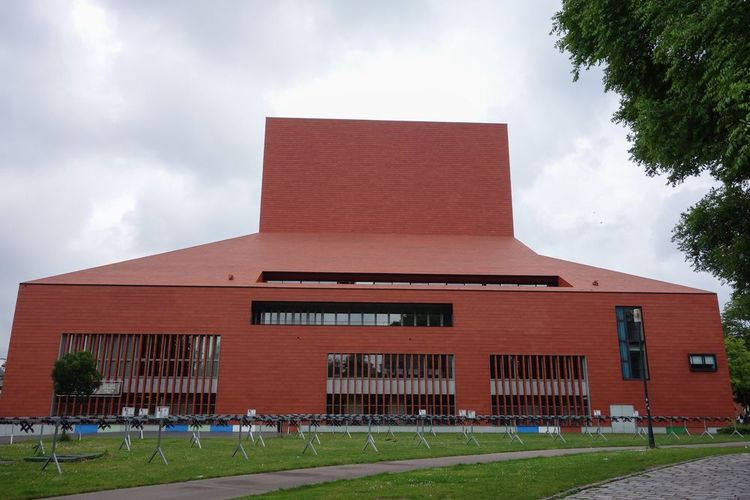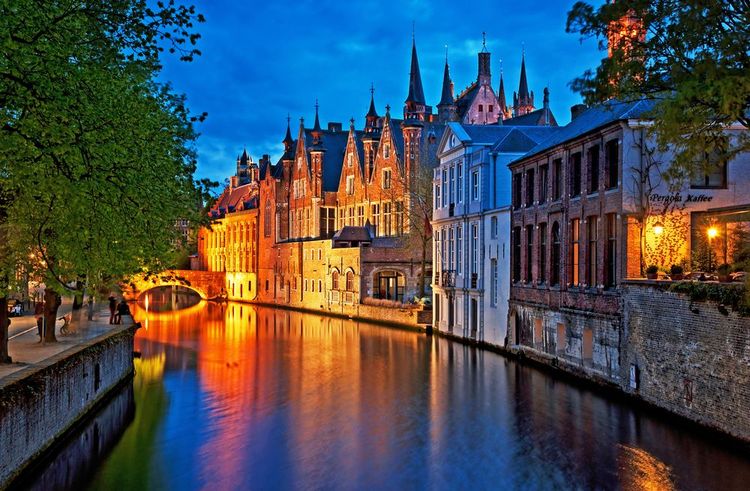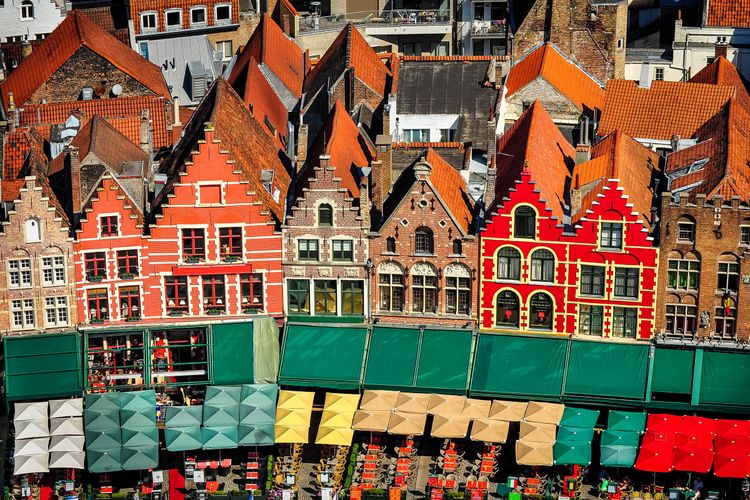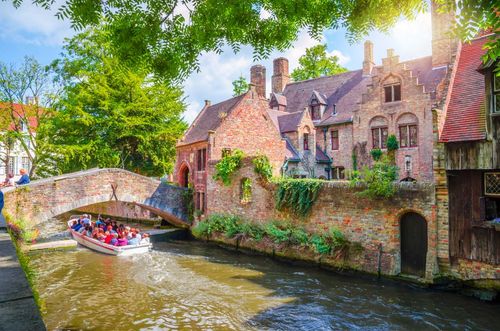Bruges was voted European Cultural Capital in 2002, and with good reason: the city has been a cultural and commercial crossroads since the Middle Ages. With its typical canals and charming bourgeois houses, the city is one of Europe's most popular destinations. The Bruges authorities rely on their talented artists to enhance the city's reputation. The Concertgebow (literally, Concert Building in Dutch) was opened in 2002. The centre is dedicated to the performing arts and music, and aims to develop and present works at an international level.
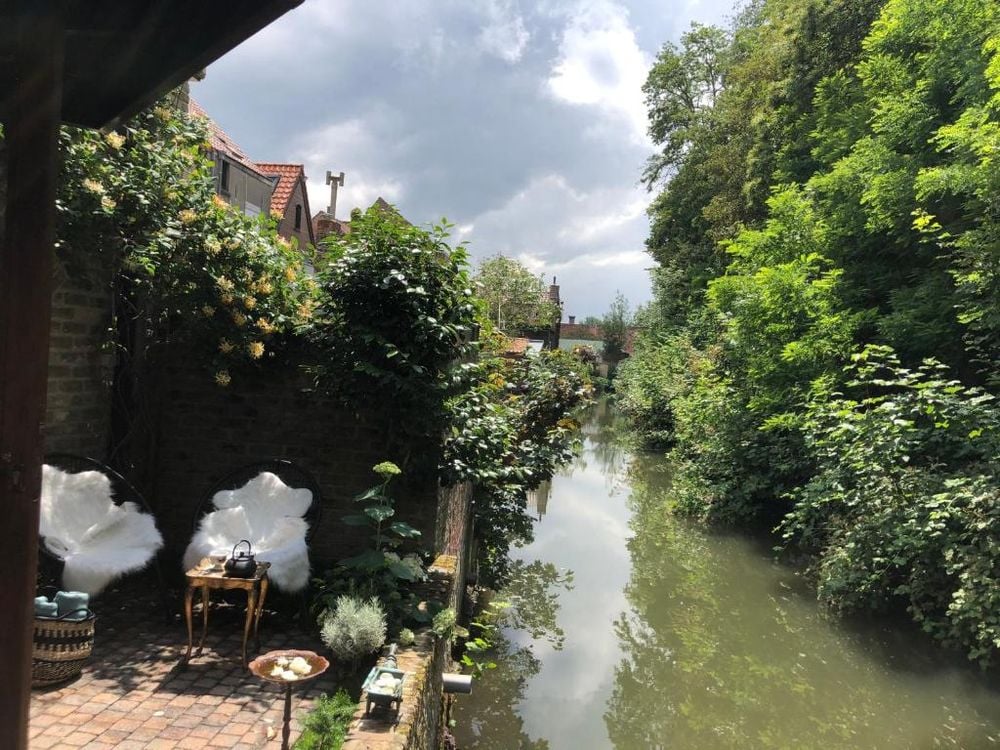 Bruges
Bruges
